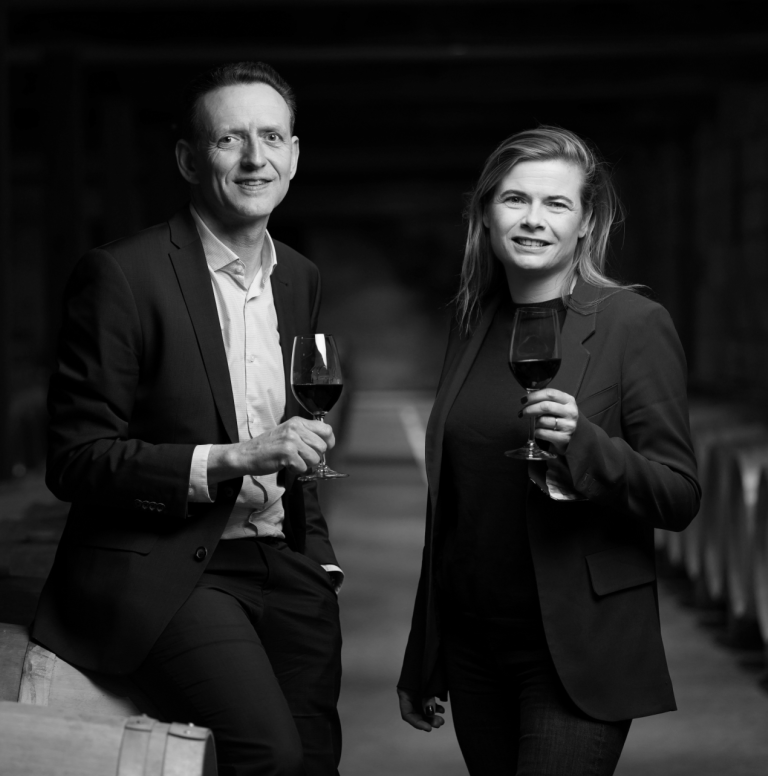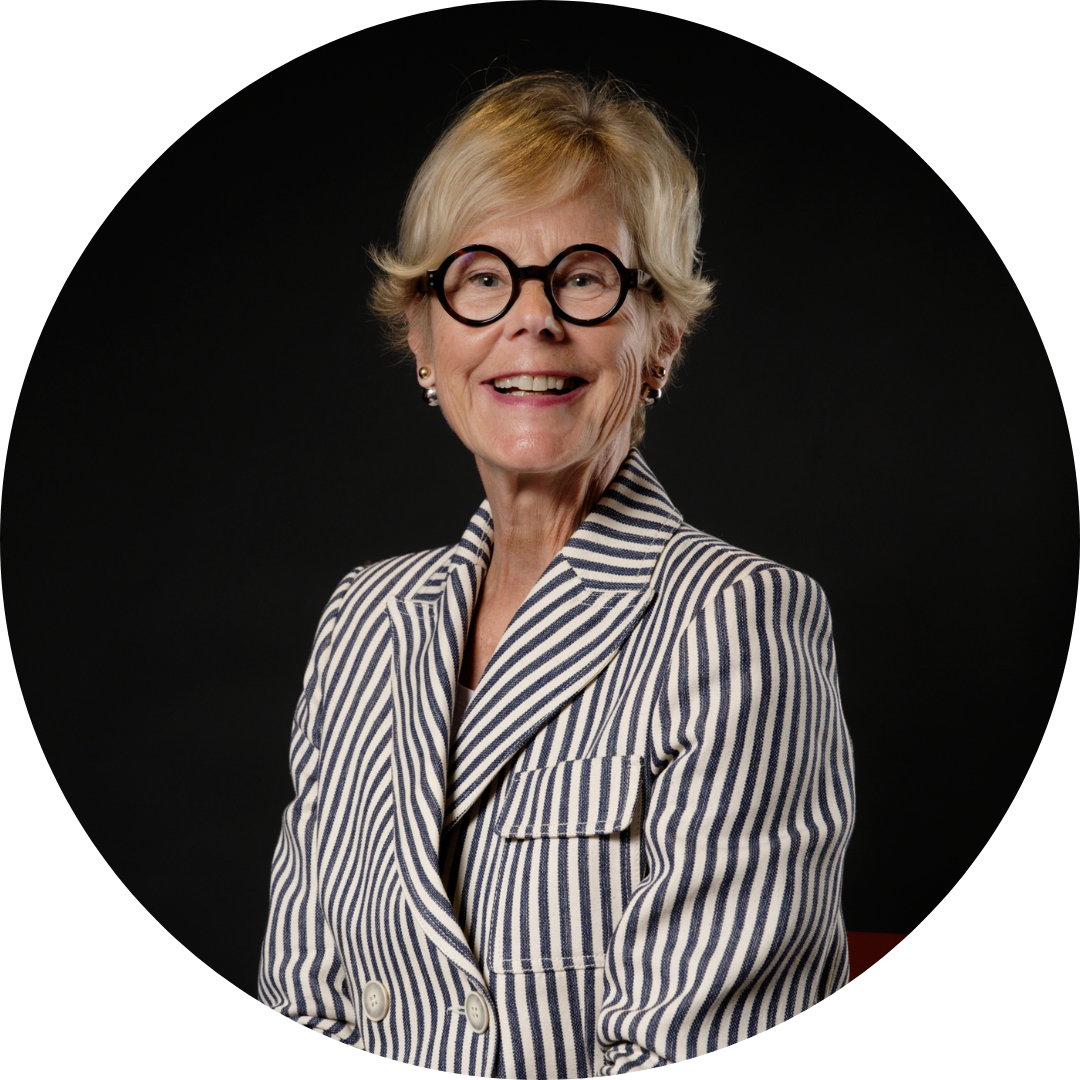Vincent Montigaud Chief Executive Officer and Marine Treppoz Chairman
Château de Sales
Pomerol
Gerda: Tell us about you…
Marine Treppoz: I’m one of 14 cousins who co-own Château de Sales. After studying at HEC and completing a master’s degree in mathematics, I worked at Gaumont, then in a private equity fund before co-managing a video game studio and finally setting up my own oil insurance brokerage business. I was appointed Chairman of the Board by my cousins In 2017 and since then I’ve been working in tandem with Vincent to achieve the goals we’ve set ourselves for Château de Sales, on the quality of the wines, the image of the estate and the family management of it.
Vincent Montigaud: Born in Libourne, I grew up in the wine industry thanks to friends from wine-growing families. After studying engineering at Enita in Bordeaux, I began my career as a technical wine journalist for Viti magazine in Paris. In 1994, I seized the opportunity to join Baron Philippe de Rothschild as communication manager for Madame de Rothschild, benefiting from my technical background and journalistic experience. After 7 years, I was given responsibility for overseeing Domaine Baronarques in Limoux. For 16 years, I managed this Rothschild family estate, focusing on restructuring the vineyards and winemaking facilities, and promoting the wines on the French and international markets via La Place de Bordeaux. In 2017, the owners of Château de Sales, represented by President Marine Treppoz, were looking for a Managing Director from outside the family.
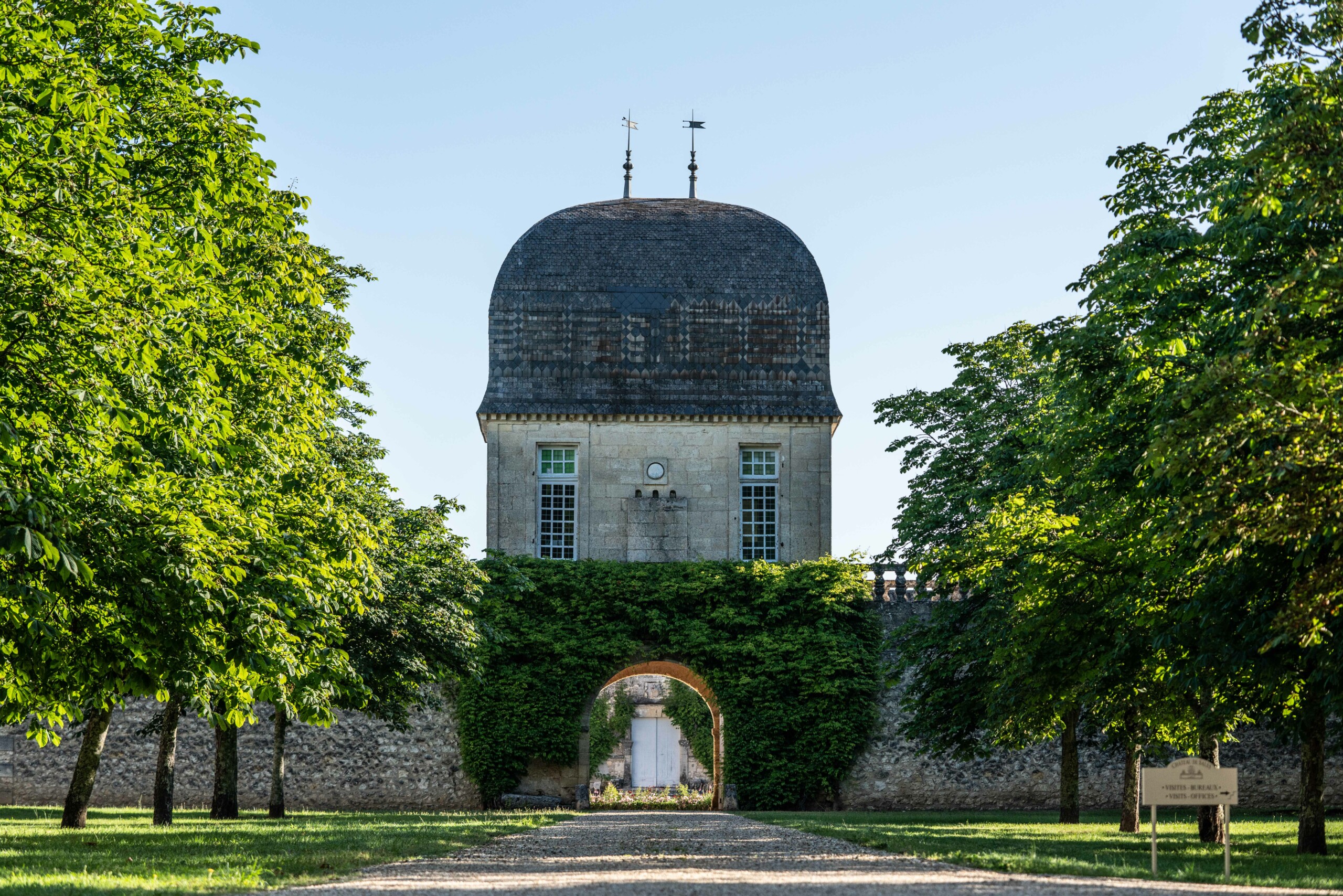
Dome of Château de Sales
G: What are the main challenges you personally face in the practice of your work?
VM: I prefer to talk about the challenges we face here at the chateau, the first one is to boost Château de Sales: developing the wine, distribution, and encouraging journalists to come and visit the estate and taste our wines by supporting the family in this process. To develop the wine, we have put in place tailor-made practices to achieve greater precision. Firstly, in terms of viticulture:
pruning, which is no longer systematically single guyot, but is adapted to the vigour and shape of the vine and can evolve towards double guyot or mixed guyot, allowing a better distribution of the load. This is a detail that has a major impact on the aeration of the bunches, the fight against disease and the ripeness of the grapes.
We have taken greater care with all the viticultural work, such as tying up, lifting and leaf removal, the first of which has been replaced by ‘échardage’, that is the removal of the internodes in front of the bunches, a more qualitative practice. We adapt to the context of each year, each plot and each vine to carry out our operations, such as thinning.
Changing harvest dates : when I arrived on September 11th 2017, it was intense because part of the vineyard had been frozen that year, which led to a difference in the ripeness of the first and second generation grapes. We started harvesting on September 13th, just two days after my arrival. With Marine and in agreement with the Board, we immediately decided to harvest the plots according to their maturity, abandoning any systematic approach and pushing the ripeness of the Cabernet Sauvignon and Cabernet Sauvignon Blanc to the limit.
Food adapted to each plot: in 2018, we introduced soil, subsoil, leaf and berry analysis for each plot, with the aim of adapting fertilisation to each plot. All the soils on the estate have always been worked without chemical products, but we now also use grass cover, either all the rows or one row in two for certain plots. We have plant cover for the other plots, in order to encourage microbial life in the soil and better nourish the vines.
The aim is to obtain HVE (High Environmental Value) certification in 2020.
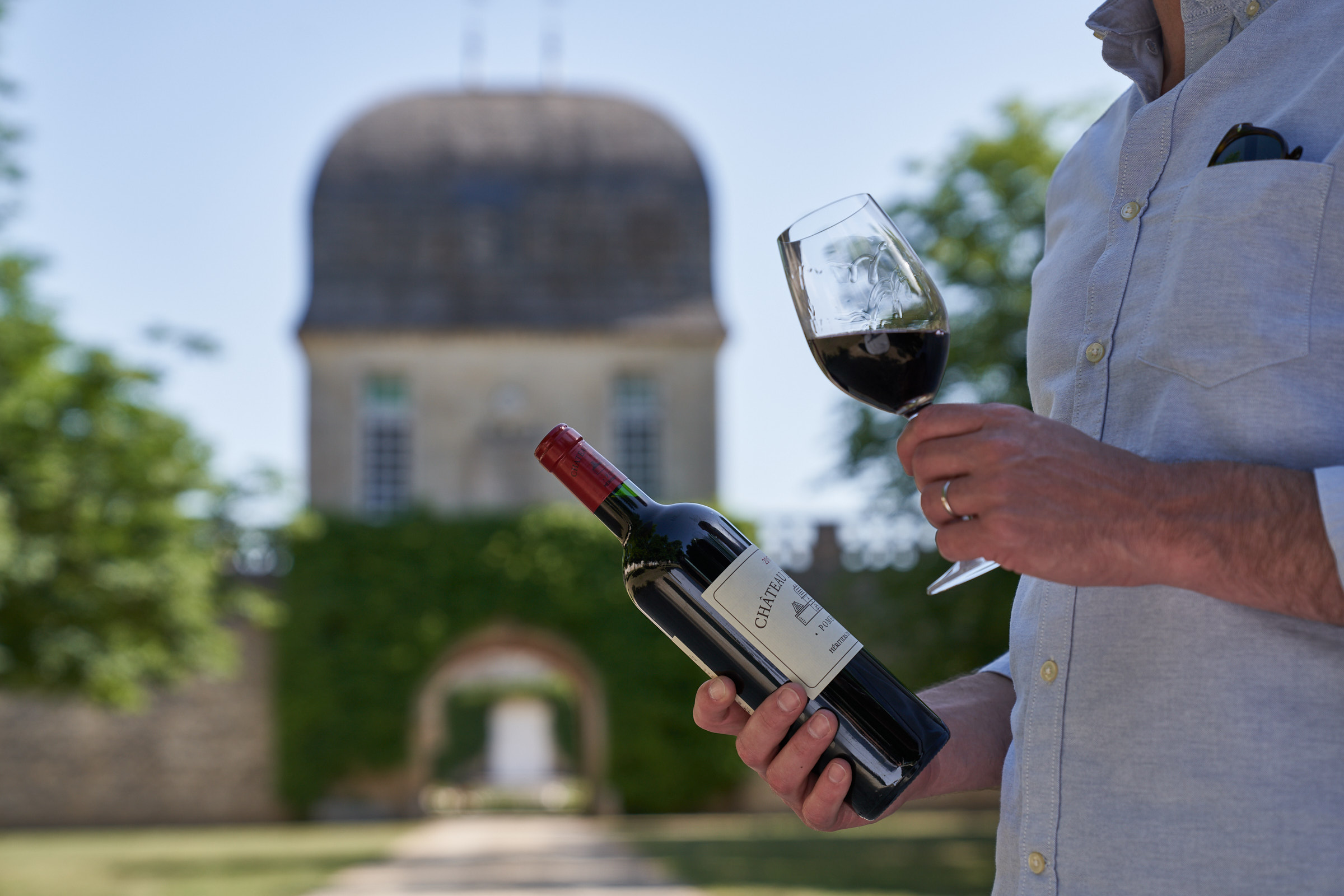
Then, in the winemaking process, a number of changes were made in the vat room and the ageing cellars:
the addition of a more precise stemmer and a manual sorting table.
the use of a conveyor belt at the exit of the sorting table to fill the vats using gravity, to avoid crushing the berries and reduce the risk of vegetal notes.
the development of the plot-by-plot approach by adding smaller stainless steel vats.
Increasing the percentage of new barrels from 5% to 15/20% and eliminating the use of 3-wine barrels in the Château de Sales maturing process in order to promote precision and aromatic complexity.
MT: All these changes in viticultural and winemaking practices are aimed to improve the quality of the wines. It was a major challenge, especially as we had to support a team that had been in place for a long time, some of whose members had worked at Château de Sales for several generations. It was necessary to explain and train the employees in order to get the whole team on board with this new project. The results achieved in terms of the quality and profile of the wine, and the very positive ratings and comments from the press and during tastings with our trading partners, are a real recognition of the work accomplished. Our teams are justifiably proud.
VM : As for the personal challenges, the most difficult was convincing the press of the progress made. Previously, Château de Sales had received little or no recognition, and many journalists were unfamiliar with the estate and its wines. The challenge was to motivate them to come to the estate to explain how we work and taste the wines with them. We’re succeeding more and more ,and a large number of journalists come to taste the 2023 vintage. The scores are rising all the time!
MT : Journalists discovering the estate are often surprised by the buildings’beauty, which have been listed as historic monuments since 1996, and by the parkland of almost 42 hectares, with a bamboo grove, beehives and a large reservoir of biodiversity. A unique property in Pomerol. The preservation of this ecosystem despite the pressure on land in Pomerol is also the hallmark of a family estate.
Harvests 2023
G: Could you say a few words about the 2023 vintage?
VM: 2023 is a very fine vintage that was complicated to produce because of heavy mildew pressure. Thanks to our gravel and sand terroir, which meant that we could get into the plots quickly after rain, and the hard work of the viticultural team, we managed to keep this disease under control. We obtained healthy grapes at harvest time. Well done to the team! As the flowering went well, we carried out green harvests on some plots in order to regulate the volume of production. In 2023, we were able to combine quality and quantity. We’re very satisfied with our Merlot grapes, which are bursting with fruit. They account for more than 80% of the blend, providing creaminess and roundness.
The Cabernet Francs were a little more delicate, but they contribute to the complexity of the wine with a floral touch. The Cabernet Sauvignon, well adapted to our terroir, expresses itself well and adds structure and depth. The 2023 vintage offers a fine aromatic expression with body and a balance between acidity and sugar, as well as a lovely freshness that prolongs the wine and gives it a fine elegance.
The brand Château de Sales today and tomorrow
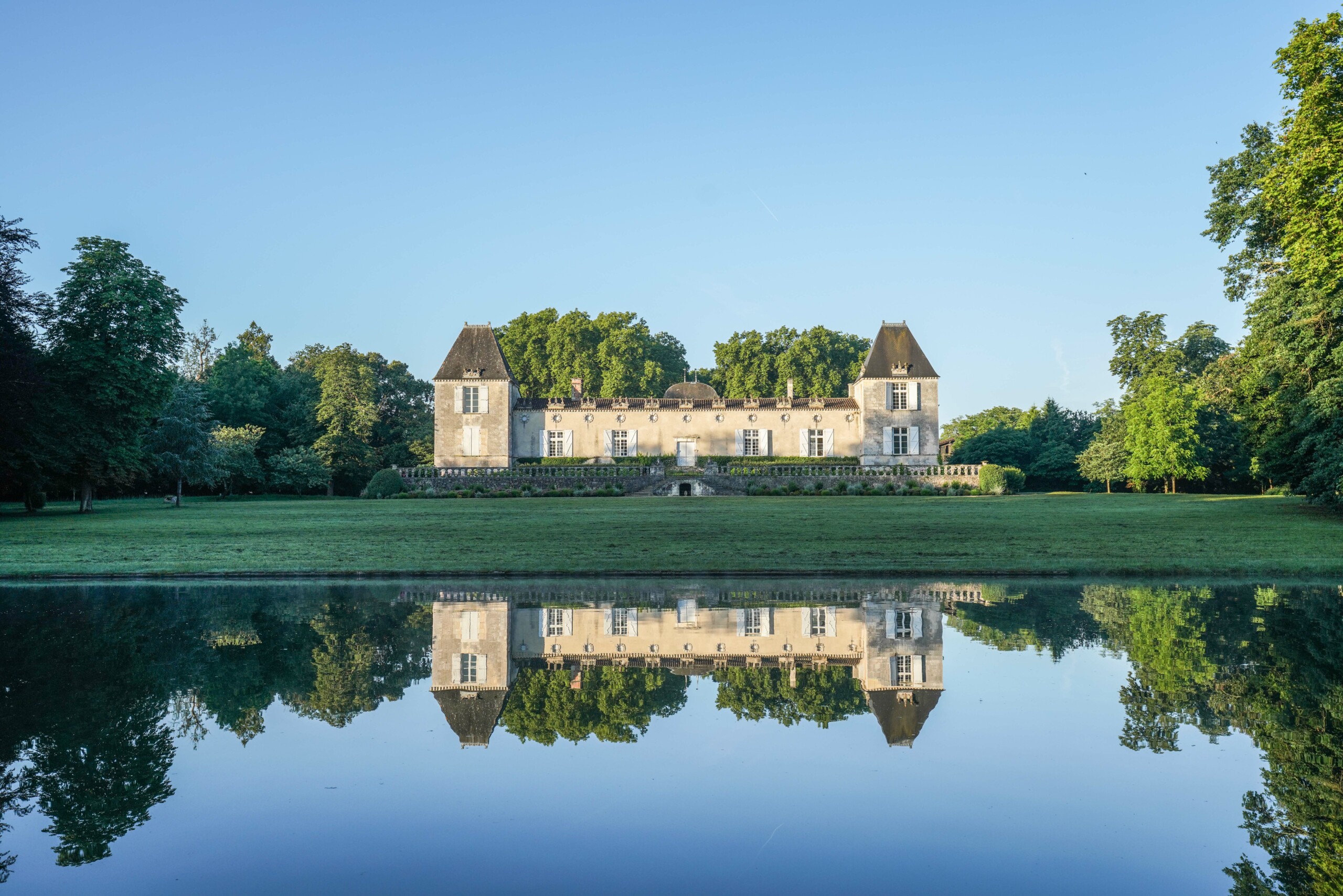 Château de Sales Its Carthusian monastery, built in 1647, has been listed as a Historic Monument since 1996.
Château de Sales Its Carthusian monastery, built in 1647, has been listed as a Historic Monument since 1996.
G: What positioning(s) would you like to see for Château de Sales and what are the family’s objectives?
MT: The 18th generation is already at the helm alongside us. Together, we want to continue the renewal begun in 2017 to make Château de Sales a true benchmark within the Pomerol appellation, both in terms of quality and family management. Family, respect for the land, the men and women who work it are our three mains foundation. Our aim is to keep the estate in the family, which is becoming increasingly rare in the Bordeaux region. This recognition of quality stems from our passion for wine. This does not mean, however, that the price of Château de Sales will reach exorbitant levels. Our aim is to produce a wine that is affordable, appreciated by consumers and distributed by our wine merchant partners. Recognition comes through the price, which must reflect the qualitative evolution and the scores obtained.
Our objective in 2017 was to achieve a release price of €20 within 10 years. Recent economic conditions have not always facilitated this price evolution. Today, quality has improved, as have the journalists’ scores, and the release price of Château de Sales should follow this trend.
G: You talk a lot about the importance of ratings. What do you think of the rating system today?
VM: In the past, wines with a lot of wood and body were often appreciated by journalists. There was an incompatibility between the style of wine appreciated at the time and the one produced here at Château de Sales. In recent years, however, there has been a shift in journalists’ preferences: they are looking for less concentrated wines, with more finesse, elegance, silky tannins and less wood. Between this change in taste and the progress made, Château de Sales is now very much appreciated by tasters!
MT: We’ve noticed that journalists are more interested in Château de Sales today than they were 15 years ago. But it’s still necessary to invite them here to the estate. When they discover the estate, they are amazed by what they see and taste!
G: What makes your wines different and unique?
VM: Here we benefit from a terroir of gravel and sand, with little clay and limestone, which sets us apart from the Pomerol plateau. Since my arrival, with the new generation of the family, our aim has been to give our wines greater aromatic precision and density, with silkier, more velvety tannins. Some vintages in the past, such as 2010, 2015 and 2016, have proved to be excellent, but in the more difficult vintages, the tannins were sometimes more rustic.
MT: Our aim is to respect our terroir and our identity. Adding more volume on the mid-palate can only be done while preserving the finesse and elegance that are so characteristic of Château de Sales. By increasing the percentage of new barrels from 5% to 15-20%, and working with new coopers, we have enhanced the complexity and charm of our wines. And the presence of Cabernet Sauvignon in our blends gives a unique signature to our Pomerol.
G: In Europe in particular, climate change is at the heart of discussions. How does this affect Château de Sales?
VM: The terroir here is fairly well adapted to global warming. Thanks to the water table, which is between 2.50 and 3 metres deep in most of the plots, and thanks to the vines that are old and deeply rooted, our vines suffer little from drought, even in a year like 2022. In addition, we have introduced plant cover in the plots to protect the soil during the summer and to encourage the microbial life of the soil. We are particularly concerned about frost in the spring. So we have postponed our pruning and lath tying dates, and we have equipped ourselves with ventigel towers to combat sub-zero temperatures.
The business
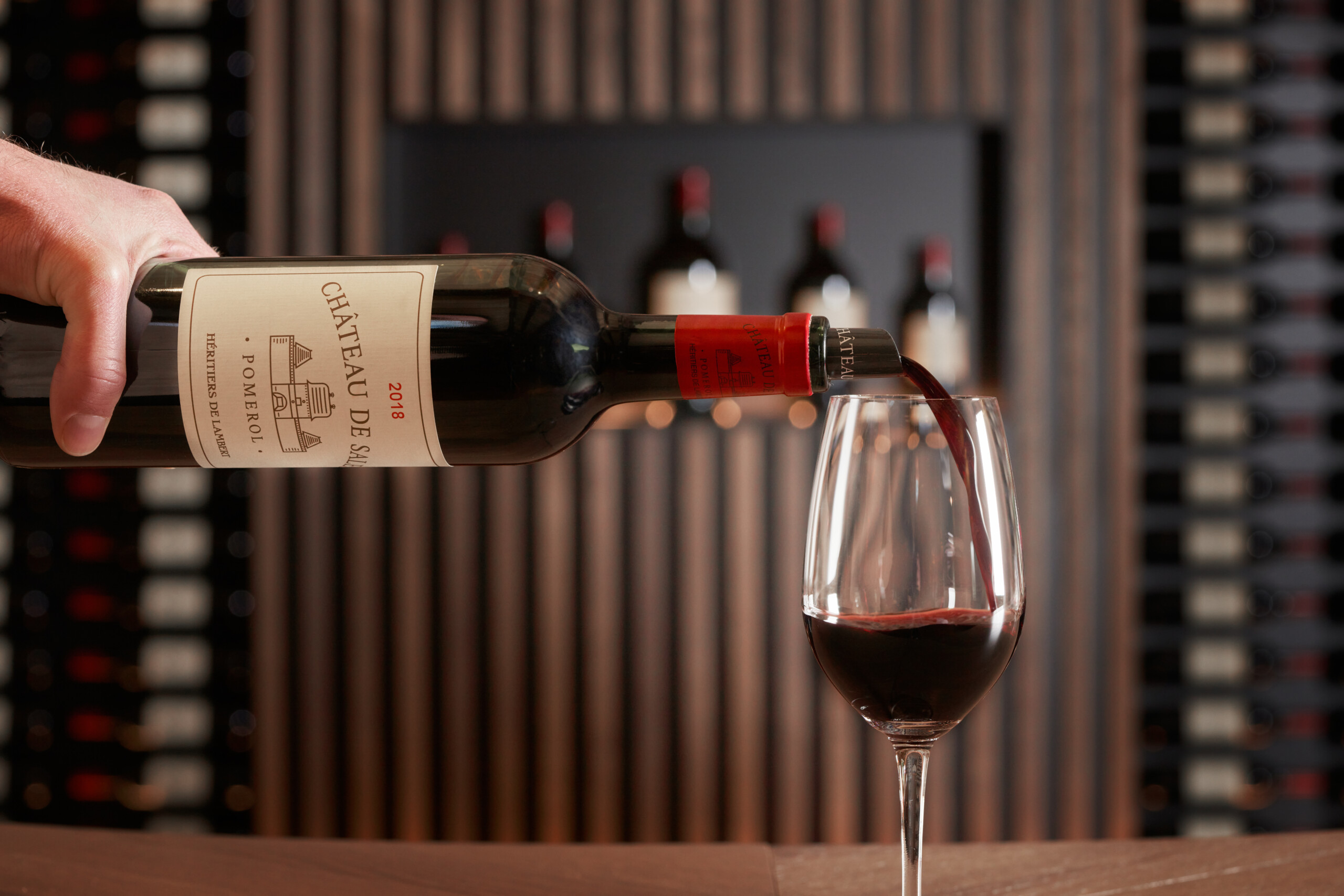
G: What are your priorities in terms of business development?
VM: Until 2016, our distribution was handled by a limited number of negociants, 6 in total. Our aim is to expand our distribution network to achieve a better spread of our sales around the world, while maintaining a limited number of dealers with whom we have a genuine partnership. Today, we work with 15 negociants, including Roland Coiffe & Associés, who share our values.
MT: Thanks to this new distribution network for Château de Sales, we now have a much wider global reach. Our strength lies in the fact that we are the largest estate in the appellation, with 47.6 hectares of vines out of a total of 810 hectares in the Pomerol appellation. For the wine merchant who signs up to distribute Château de Sales, this means that it has a certain volume of bottles at its disposal, which is an advantage for distribution. Our two main markets are France and the United States. Traditionally, Château de Sales is also well distributed in Belgium and Switzerland. Our aim, by expanding the network of négociants, is to have a greater presence in Asia in the medium term, although this is complex at the moment, as well as increasing our distribution in Europe with better geographical coverage.
G: You’ve travelled the world and its vineyards during your career. Does Bordeaux still have a lot going for it?
VM: Yes, certainly for the quality of its wines, despite the Bordeaux bashing and the huge price gap between the lesser Bordeaux wines, not to mention the quality aspect, and the great Bordeaux wines. But for red wines in particular, there are a lot of great terroirs and in terms of balance, elegance, finesse and consistency in the production of great wines, Bordeaux remains a privileged region with a lot going for it.
MT: There is a perception among consumers that Bordeaux wines are expensive because some châteaux have raised their prices too much. They have cut themselves off from certain consumers, who have looked elsewhere for good wines. This is not the case with Château de Sales. We’re in a rather expensive appellation, but one that’s very buoyant thanks to some great names, but we want to remain an affordable Pomerol. We don’t want to cut ourselves off from our consumers, either in France or abroad, by charging outrageous prices. A wine on a restaurant menu can quickly lose its place and it’s hard to win back!
Château de Sales is a family estate, so our vision is not opportunistic; we’re in this for the long haul. What’s more, our wine tourism development is very strong, with 4,000 visitors a year. The fact that Château de Sales is a family estate is an important factor for individual visitors, as it is for distributors and journalists.
G: What sales aids are available to distributors to promote your wines?
VM: We try to work with wine merchants and their customers in the field to promote Château de Sales and publicise the new era that has been put in place. It’s all part of the partnership. We’re very open and we like to offer immersive experiences, and the sales teams from our merchants and distributors are very welcome here at the estate.
G: Which vintages should the market be interested in, and why?
VM: The fine 2019 vintage was marketed en primeur at a complicated time because of Covid. We have received some very good scores for this vintage, 96/100 from Decanter for example, which has given a real boost to the distribution of this vintage. I think the market should continue to be interested in the 2019, because it tastes very well and has the power to attract consumers from all over the world.
G: Do you still sell mainly en Primeur?
VM: Yes, we sell between 80 and 90% of our production en primeur. We have a small stock of vintages ready to drink to meet the demands of wine merchants. We always have a bit of 2019 and 2020 to offer. On the one hand, it’s a weakness to have little stock. Not long ago, I had a request for 2015 and I was obliged to say no, as I have done for all vintages up to 2016. For these vintages, we only have a few bottles left for journalists to taste, to show the evolution and ageing potential of our wines. Since 2017, there has been very little stock, either on the estate or on the marketplace. This is healthy and a positive point in the current rather complicated context.
Favorite bottle of Marine & Vincent
G: If you had just one favourite bottle?
MT: Among the older vintages, I really like the 2005. It’s the year my niece was born, and it represents the terroir of Château de Sales very well, as well as the great wines we can produce from this terroir. It’s open, very expressive, with fine tannins, freshness, finesse and a remarkable capacity for ageing. As far as recent vintages are concerned, there has been a steady progression, with each year having its own stylistic influences.
VM: Every year since 2017, we’ve been taking our quality to a new level. In the 2019 vintage, we can see what we want to achieve in terms of tannin quality.
The 2020 has a fleshy character on the mid-palate, the density that we want every year. The 2021 is a beautifully complex, elegant vintage: it shows that even in a supposedly more complicated vintage, we’re staying the course. The 2022 is a superb vintage. With the 2023 vintage, we’re combining brilliant fruit, mid-palate density, silky tannins, balance and elegance. In this 2023 vintage, the Cabernet Sauvignon comes into its own, bringing energy and depth! It’s not easy to choose just one bottle…
Gerda BEZIADE has an incredible passion for wine, and possesses a perfect knowledge of Bordeaux acquired within prestigious wine merchants for 25 years. Gerda joins Roland Coiffe & Associés in order to bring you, through “Inside La PLACE” more information about the estate we sell.

